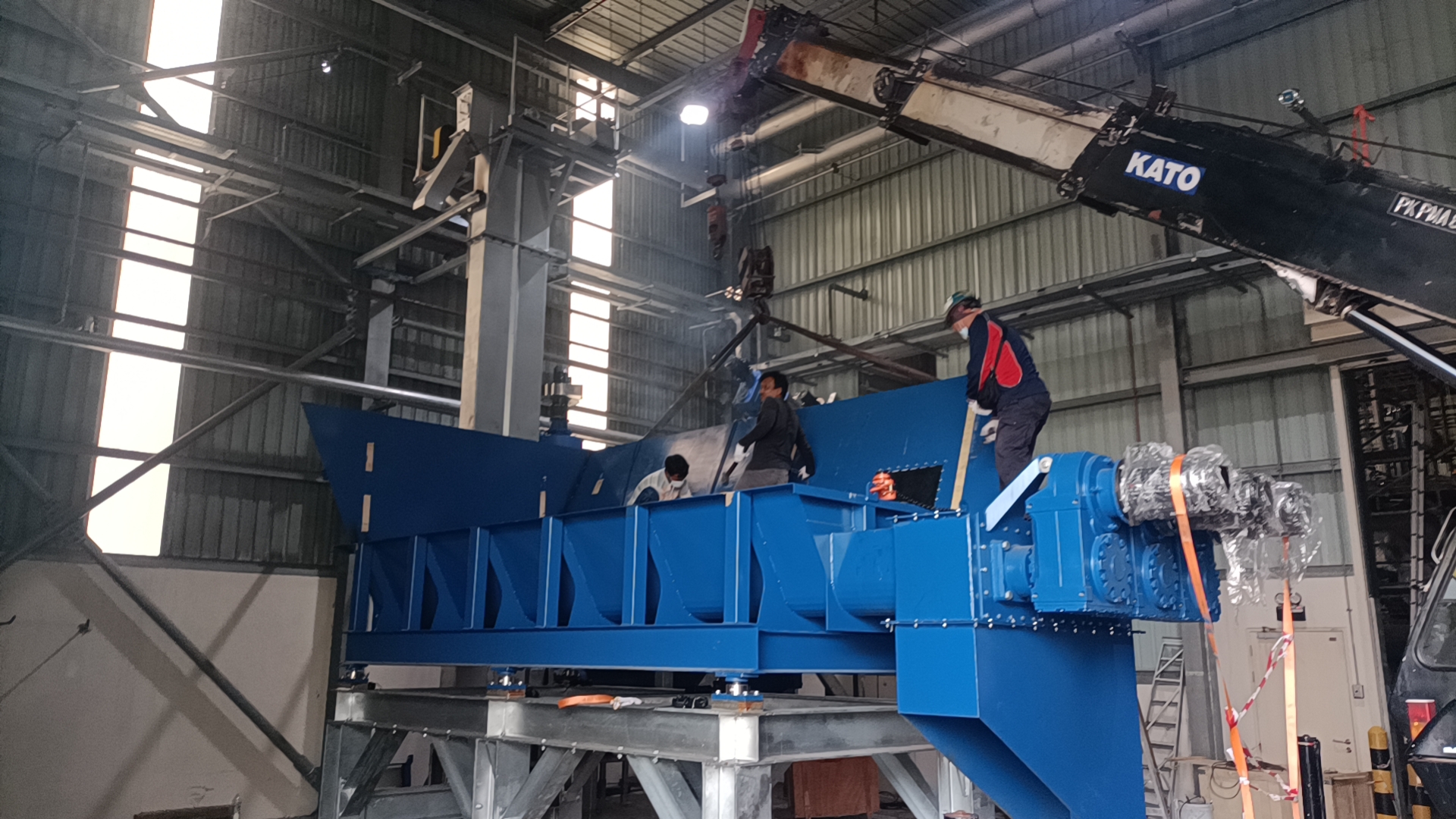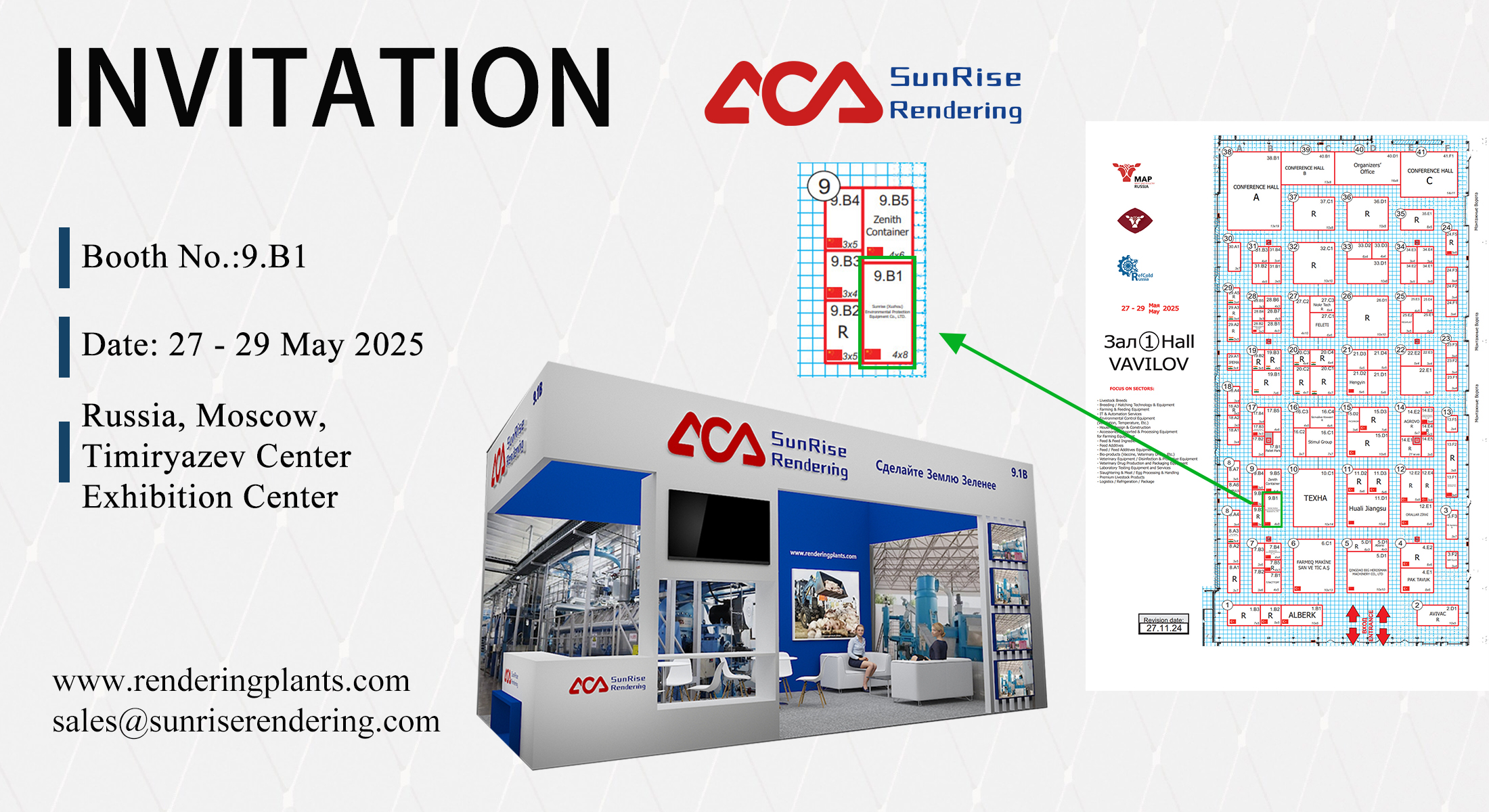
Innovative Waste Management: Slaughterhouse Waste Rendering Plant
Innovative Waste Management: Slaughterhouse Waste Rendering Plant
Waste management is a pressing issue that requires innovative solutions to address the environmental challenges we face today. One such solution that has gained attention in recent years is the establishment of slaughterhouse waste-rendering plant. These plants are designed to efficiently process animal by-products and transform them into valuable materials, thereby reducing waste and promoting sustainability.
Slaughterhouse Waste Rendering Plant Solutions for Slaughterhouse Owners and Operators:
Slaughterhouses play a crucial role in meeting the world’s demand for meat products. However, these establishments often face a significant challenge when it comes to efficiently dispose of the animal by-products generated during the process. The accumulation of waste, including blood, bones, and fat, not only takes up valuable space but also emits foul odors and poses potential health hazards. Fortunately, SunRise, a leading manufacturer of waste management solutions, offers groundbreaking technology that addresses these issues head-on.
The Problems Faced by Slaughterhouse Owners and Operators:
Slaughterhouses often struggle with the disposal of animal by-products due to several factors. These include:
1. Space Constraints: The accumulation of waste materials can quickly consume available space within the slaughterhouse premises, limiting the facility’s capacity for operations and posing logistical challenges.
2. Odor and Environmental Concerns: Animal waste emits foul odors, leading to discomfort for workers and nearby communities. Additionally, the improper disposal of these waste products can have detrimental effects on the environment, including soil and water contamination.
3. Health and Safety Hazards: Accumulated waste poses health risks, attracting pests, and providing breeding grounds for bacteria and pathogens. This not only compromises the safety of workers but can also lead to the spread of diseases.
The SunRise Solution: Slaughterhouse Waste Rendering Plant
SunRise has revolutionized waste management in slaughterhouses with its innovative Waste Rendering Plant. This cutting-edge technology offers several key benefits to slaughterhouse owners and operators:
1. Efficient Waste Disposal: The SunRise Waste Rendering Plant System efficiently converts animal by-products, such as blood, bones, and fat, into valuable resources. Through a carefully controlled rendering process, these waste materials are transformed into high-quality animal feed, bone meal, and fat for industrial applications.
2. Space Optimization: By effectively reducing the volume of waste generated, the SunRise plant helps optimize space utilization within the slaughterhouse. This allows operators to maximize production capacity and streamline operations, leading to increased profitability.
3. Odor Control: The SunRise Waste Rendering Plant Machine utilizes advanced odor control mechanisms, minimizing the emission of foul smells. This ensures a more pleasant working environment for employees and eliminates complaints from nearby communities, improving the slaughterhouse’s reputation.
4. Environmental Sustainability: By converting waste into useful resources, the SunRise solution significantly reduces the environmental pollution associated with slaughterhouse operations. This aligns with growing consumer demands for sustainable practices and enables slaughterhouses to contribute positively to the planet.
Slaughterhouse Waste Rendering Plant Machines for Food Processing Plants:
Food processing plants generate a substantial amount of kitchen waste, which can include leftover food, trimmings, fat, bones, and other organic materials. Improper management of this waste can result in several issues such as foul odors, contamination risks, and increased environmental pollution. Traditional disposal methods, such as landfilling or incineration, are not only inefficient but also contribute to greenhouse gas emissions.
SunRise understands the importance of sustainable waste management in food processing plants. Their advanced rendering plant machines offer an effective and environmentally friendly solution to deal with slaughterhouse waste and kitchen by-products.
1. Efficient Waste Processing: SunRise machines are designed to handle various types of waste, including animal by-products, fats, oils, and greases. These machines efficiently process the waste, breaking it down into smaller particles for further treatment.
2. Odor Mitigation: One of the primary concerns in food processing plants is the generation of unpleasant odors. SunRise rendering plant machines incorporate advanced odor control mechanisms to minimize the release of foul smells during the waste treatment process. This not only improves the working environment but also enhances the overall hygiene standards in the facility.
3. Resource Recovery: The SunRise machines go beyond waste disposal by facilitating resource recovery. Through a carefully controlled rendering process, the machines extract valuable by-products such as high-quality proteins, fats, and minerals. These by-products can be used in various industries, including animal feed, bioenergy production, and agricultural fertilizers.
Slaughterhouse Waste Rendering Plant System for Waste Management Facilities:
Slaughterhouses are essential for meeting the demand for meat products, but their operations often generate significant amounts of waste. Traditional disposal methods, such as landfilling or incineration, pose serious environmental and health concerns. This is where SunRise steps in with its state-of-the-art rendering plant system, which provides an environmentally friendly alternative for managing slaughterhouse waste.
SunRise’s Slaughterhouse Waste Rendering Plant System utilizes the process of rendering, which involves converting slaughterhouse waste into valuable products. This innovative approach not only prevents waste from ending up in landfills but also creates opportunities for recycling and resource recovery.
The rendering process begins by collecting the slaughterhouse waste, which includes animal by-products, fat, bones, and other organic materials. The waste is then transported to the rendering plant, where it undergoes a series of carefully controlled steps.
1. Preprocessing: The collected waste is subjected to preprocessing, which involves sorting, grinding, and homogenizing the materials. This ensures uniformity and prepares the waste for subsequent processing stages.
2. Cooking and Sterilization: The preprocessed waste is then introduced into large rendering vessels, where it undergoes cooking and sterilization. Through a combination of heat, pressure, and steam, harmful pathogens are destroyed, making the rendered materials safe for further use.
3. Separation and Processing: Next, the rendered mass is mechanically separated to obtain different components such as fats, proteins, and minerals. These individual components can be further processed into various valuable products.
4. Product Recovery: The separated fats and proteins can be processed into animal feed ingredients, biodiesel, or other industrial products. This not only reduces the reliance on virgin materials but also minimizes the environmental impact associated with their production.
Conclusion
In conclusion, slaughterhouse waste rendering plants represent an innovative solution to the challenges of waste management. By efficiently processing animal by-products and transforming them into valuable materials, these plants promote sustainability and reduce the strain on our environment. With advanced technology and the expertise of manufacturers like SunRise, rendering plants are poised to play a vital role in shaping a more sustainable future.



